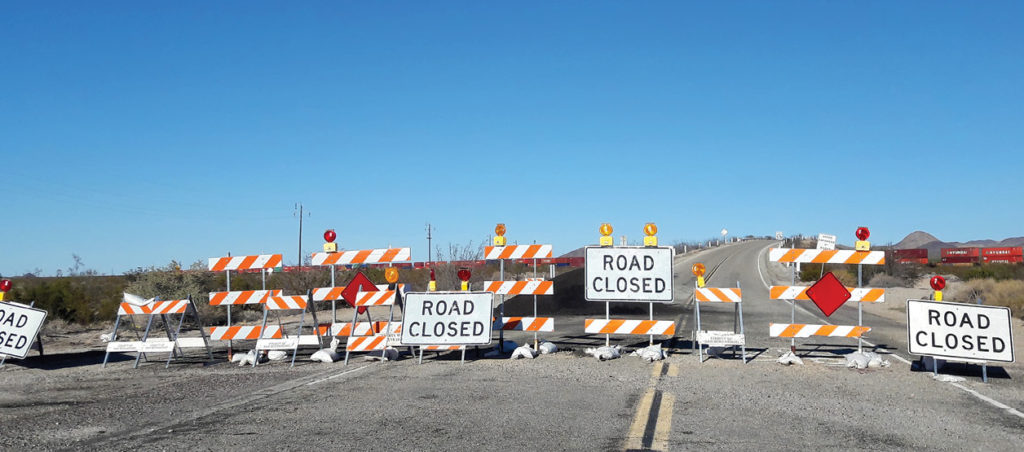Mining engineering hit a roadblock

Where are the engineers? My main goal of creating the Hub (Historical Canadian mines data hub and visualization centre: https://www.cim.org/the-hub/) was to continue taking the geological information that kickstarted it to build on the engineering information. But I have hit a roadblock. The hub has been in the public domain for several months, and the only updated mines information received to date was from a geologist. The new mine about to be added has been in operation for 36 years in Ontario, and it was not even in the database. I anxiously await the time that mining industry engineers will become prolific about writing about their extraction methods as the users do in the Minecraft world.
In mining, the geologists take pride in transposing deposits into block models and those are published widely. In Minecraft, blocks are also the basic unit. Like mining engineers build mines, players in Minecraft construct creations with blocks found in the game’s worlds for commodities like iron, diamonds, gold, and coal. Gamers in Minecraft are more like the geologists in that many share their builds on platforms for others to download and enjoy. The procedural generation that makes every player’s Minecraft world unique is fantastic, but within the simplified simulation of the game are engineering principles that are widely documented.
Like in real-world mining, Minecraft is a game constructed out of predictable systems that must be used to mine ores for crafting useful items for building. Water, lava, gravel, and more are all potentially dangerous hazards that a player is likely to encounter on their quest for useful blocks for crafting (making items) or building (making structures). There are safety rules that must be followed. For example, users need to remember to never go straight down, or they may fall into lava. This can be equated to shaft sinking which is considered a specialized type of engineering since the hazards are higher. Digging at an angle is preferred, for game players to see what is in advance. In mining, ramps are at angles designed with grades for equipment travel. If a user encounters water in real life or in Minecraft, it must be blocked off to avoid a flood. Gravel is one of the few blocks in Minecraft that is affected by gravity, meaning it could collapse a mine the user creates, making digging directly above a risky endeavor. Small block sizes or unconsolidated materials in mining impose potential hazards too. Adequate lighting is a priority because there are monsters in the game that spawn in dark places. Based on the location of Canadian mines, lighting is important as more than one bear has gotten into a headframe. Safety is important to Minecrafters, just as it is to real-world miners.
The proof of the lack of input by engineers is shown in the missing data of the Hub. There are only eight of over 14,000 entries that show a shaft depth. The mining chain exists because of mines, and our industry has been content to overlook sharing the critical first step in an easily accessible way, the extraction of the materials and easy access to where and how that is done. Minecraft, being the best-selling game of all time, clearly shows by the roughly 238,000,000 copies sold that if the mining industry could break the barrier between what engineers do in real life, the public may perceive what we could provide regarding the excavation of our mines as interesting information too.
Since 2015, I have been asking her engineering students to do research on a Canadian mine. I provide a checklist of basic information about the mines, and they mostly use the internet to find all that they can. And surprise, they often cannot find anything about equipment, mining method, and sometimes even the most basic information like depth of the shaft or open pit. There is no consistent information in annual reports except to publish on the financial statements and the social benefits of mining. National Instrument 43-101 documents are great but when reading, it is not always clear as to whether the engineering plan was followed. Only a couple of pages may be provided regarding the engineering of the mine.

CREDIT: D. BENETEAU
Kudos to the Canadian Mining Journal (CMJ) for having published the engineering sourcebooks. Look at the tattered cover in the photo, worn out from all the use by students. Our 2007 and 2010 copy covers are now gone from wear. CMJ published the things that matter to engineering students like type of deposit descriptions, mining costs, mining methods, drift-ramp-raise projects, existing shafts, stoping details, backfill methods, ground support, haulage methods and systems, crushers, hoists, drainage pumps, main ventilation fans, drilling and blasting equipment, processing circuits, dewatering methods, water supply, tailings disposal, power sources, personnel requirements, and so on. My overarching goal would be that this information is available for all current dots on the map. Maybe that would intrigue elementary and high school students to connect the dots, to realize that what they are doing in Minecraft is a gamified simulation of a real engineering job. They may ask questions about equipment and digging methods and the different types of rock. I am also going to add interesting technical books like those of Keith Haddock of western Canada who has written several books about mining equipment.
Should investors be concerned? Dalhousie University has suspended their Mineral Resource Engineering program, and it will close effective 2023-24. Which program is next? How are we going to mine the rock in real life if there are no engineering students? When there is no one left to design the mines, where are they going to go to find the popular mining methods? Why are those methods popular? Have mining methods changed over time in this country? Does the improved safety statistics of mining have anything to do with mining methods? And even better yet, who is going to teach the next generation of students? I have been at the University of Saskatchewan for 10 years and there has only been one student in mineral processing that has done a PhD. And he is mostly self-funded because he could not find a mining company to support him.
How about teaching the public how digging is really done. What are the real benefits? How are deep holes dug in real rock. How wide do tunnels need to be? How big can rooms be before they collapse? What drives the selection between electrical and diesel equipment? How are mine services like air, electricity, and water brought into a mine. There are so many interesting jobs in the mining industry.

As a final point about people, Minecraft is mining as it should be, demonstrating another strength of the game. In an officially licensed comic, the cast of characters are diverse, featuring various genders and nationalities. Statistics in the real mining world show that there are only 17% females which is one example that highlights that the mining industry is lacking in this area. Perhaps it is time for our engineering community to take pride in what we do, and for corporations to require their engineers to present what they do. All it takes to start is to fill in the basic columns of the database and that can be done by emailing minesdatabase@cim.org for a Word document to complete. Then the really engaged mining companies can take the time to write more detailed documents describing their mines excavation and processing methods as each mine can have a pdf attached. The more photos the better. Let us make real Canadian mining information accessible to everyone by removing the publishing roadblock that currently exists regarding engineering details of our operations.
Donna Beneteau, PEng, MASc is an assistant professor at the Department of Civil, Geological, and Environmental Engineering, University of Saskatchewan. The author acknowledges the valuable contributions of Patrick Ecobichon to this article.
Comments